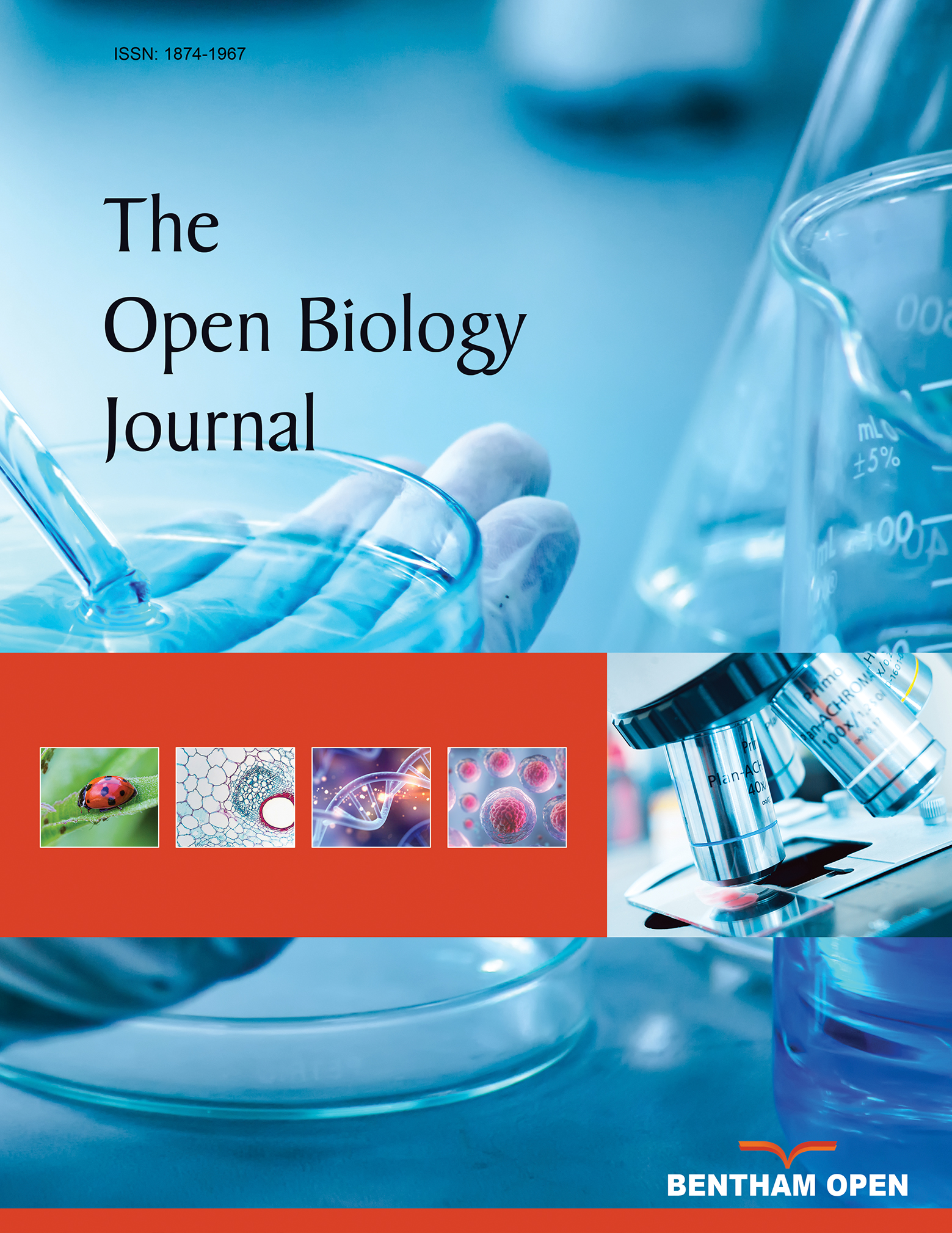All published articles of this journal are available on ScienceDirect.
Preventing Pathogens Proliferation and Reducing Potential Sources of Nosocomial Infections with Biocidal Textiles in Developing Countries
Abstract
Nosocomial infections, especially those caused by antibiotic resistant bacteria, are increasing at an alarming rate over the globe. Unfortunately, standard infection control practices, such as pre-emptive isolation of high-risk patients, wide and targeted surveillance cultures, and proper ventilation systems are lacking in developing countries mainly due to insufficient resources. Patients shed bacteria and contaminate their pyjamas and sheets. The temperature and humidity between the patients and the bed are appropriate conditions allowing for effective bacterial proliferation. Bed making releases large quantities of micro-organisms into the air, which contaminate the immediate and non-immediate surroundings. Personnel in contact with contaminated textiles can also cross-contaminate other surfaces or patients. Thus textiles in hospitals can be an important source of microbes contributing to endogenous, indirect-contact, and aerosol transmission of nosocomial related pathogens. The use of safe wide-spectrum antimicrobial textiles, especially in those textiles that are in close contact with the patients, may significantly reduce bioburden in clinical settings and consequently reduce the risk of nosocomial infections. This is of special significance in resource poor developing countries, where wards are overcrowded and population infection burdens are very high. The use of biocidal textiles is a simple, cost-affordable and feasible measure that may be especially important in developing countries where essential infection control measures are not implemented.


